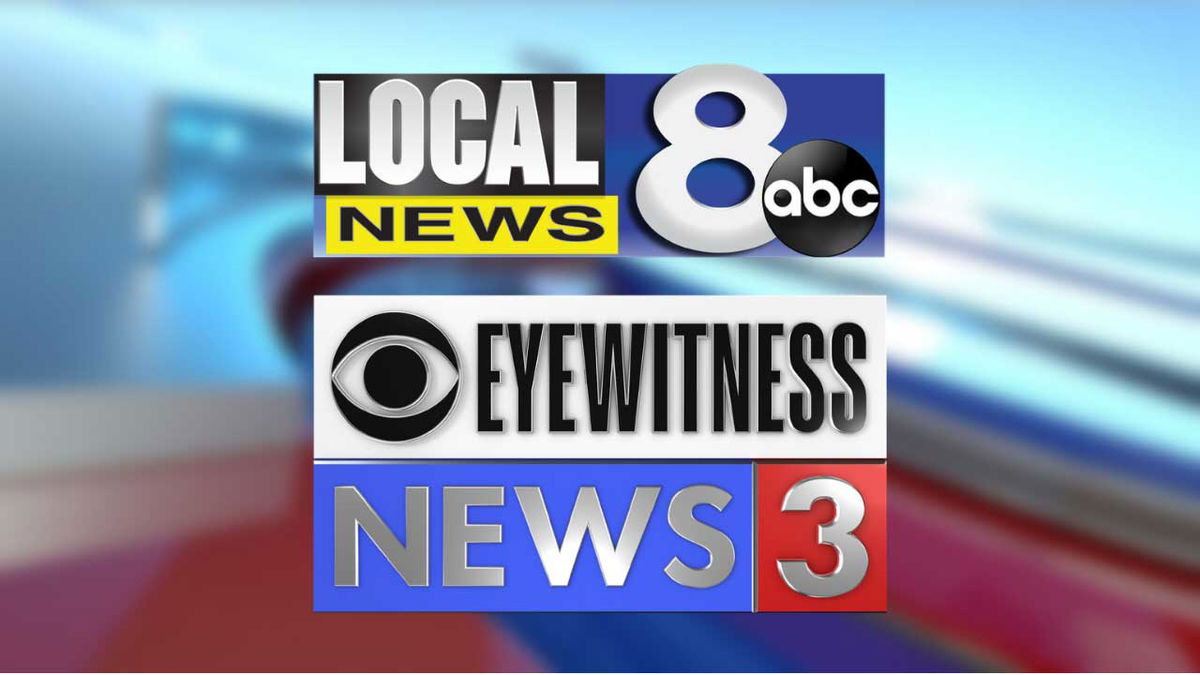11 mustangs die in US roundup in Nevada caught on video, showing horses with broken necks

By SCOTT SONNER
Associated Press
RENO, Nev. (AP) — Nearly a dozen wild horses have died in the first 10 days of a big mustang roundup in Nevada, deaths that a Las Vegas congresswoman is calling tragic proof of the urgent need to outlaw helicopters to capture the animals on federal land.
The 11 deaths so far include five young foals, four horses with broken necks and a stallion with a snapped rear leg that was chased by a helicopter and horseback rider as it tried to flee on three legs for 35 minutes before it was euthanized, according to witnesses.
The horse that broke the leg jumping over a trap fence last Wednesday was a lead Palomino stallion called “Mr. Sunshine” by those who’d watched him roam wild over the years southeast of Elko.
A longtime observer and defender of the mustangs caught the animal’s struggle on video.
“It made me physically ill to see what was done to that beautiful stallion I have known for years,” said Laura Leigh, the founder of Nevada-based nonprofit organization Wild Horse Education.
Leigh, who’s been fighting roundups in court for more than a decade and advocates ending them altogether, said the contracted wranglers were trying to pressure the mustangs into the temporary trap coral when the horse leaped out and broke the leg.
“He tried to buck off the searing pain and then struggled on three legs. He was then pursued to the far side of the valley and shot. The incident took longer than 30 minutes to resolve,” she said. “These barbaric, cruel, intentional acts must end.”
The deaths should serve as a wake-up call, said Nevada Democratic Rep. Dina Titus. “A horse with a broken leg was chased in the sweltering heat by a helicopter,” she said, criticizing a Bureau of Land Management practice the she is trying to ban through House legislation.
“This latest instance of BLM mistreatment of Nevada’s wild horses is tragic,” Titus said Tuesday.
Leigh and others sued after the death of several horses during a roundup a decade ago, and the bureau adopted a Comprehensive Animal Welfare Program in 2015 that among other things prohibits helicopters from making contact with the mustangs.
But the agency has resisted efforts to stop using helicopters, saying they’re necessary to access remote herds.
“The BLM policies and staff prioritize the well-being and humane care of all wild horses during all gather operations,” bureau spokeswoman Heather O’Hanlon said in an email to The Associated Press on Monday. She said the agency has a Department of Agriculture veterinarian assessing and monitoring animal conditions and consulting with bureau officials to ensure the health and safety of horses and people.
Bureau spokeswoman Rita Henderson said injuries to wild horses and burros during roundups are rare. She said the “vast majority” — more than 99% — are gathered without severe incident or injury that causes death.
The bureau says its latest roundup started July 9 in eastern Nevada between Elko and Ely because overpopulated herds are seriously damaging the ecology of the range.
Nevada is home to nearly two-thirds of the 68,928 wild horses the bureau estimated on March 1 were roaming federal lands in 10 Western states stretching from California to Montana.
The agency plans to gather about 2,000 horses from the roundup in three areas — the Antelope Valley, Goshute and Spruce-Pequop. It says the estimated 6,852 horses is nearly 14 times what the range can sustain.
As of Tuesday, they had gathered 1,087, the bureau said.
By balancing the herd size with what the land can support, the agency aims to protect the habitat for other wildlife species including sage grouse, pronghorn antelope, mule deer and elk, said Gerald Dixon, the bureau’s Elko district manager.
But critics say the real purpose is to appease ranchers who don’t want horses competing with their livestock for precious, high-desert forage where annual precipitation averages less than 10 inches (25 centimeters).
The American Wild Horse Campaign is publicizing the graphic photos and video shot by Leigh and others “to educate the public about the BLM’s inhumane approach to wild horse management,” group spokeswoman Grace Kuhn said.
“This cruel treatment of wild horses in unacceptable and far below the standard that Americans expect for these iconic animals,” she said.
